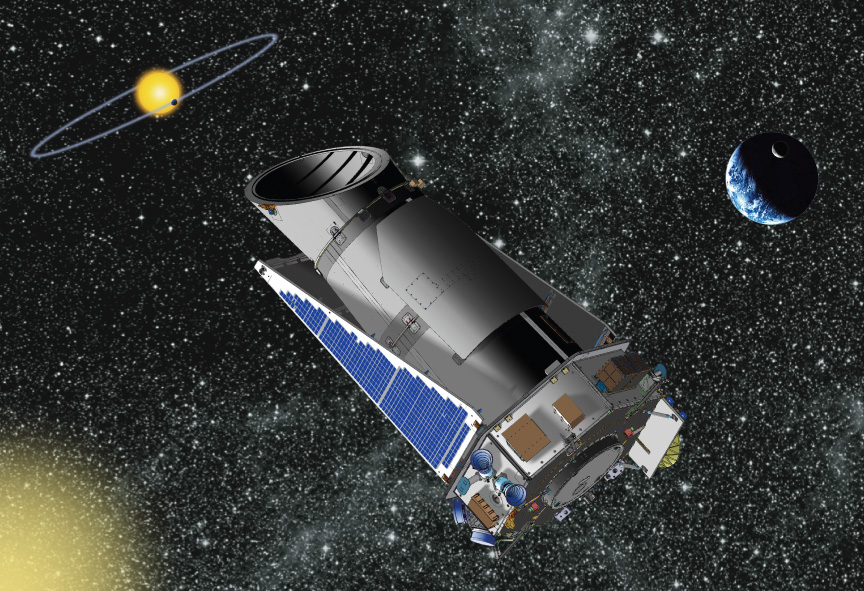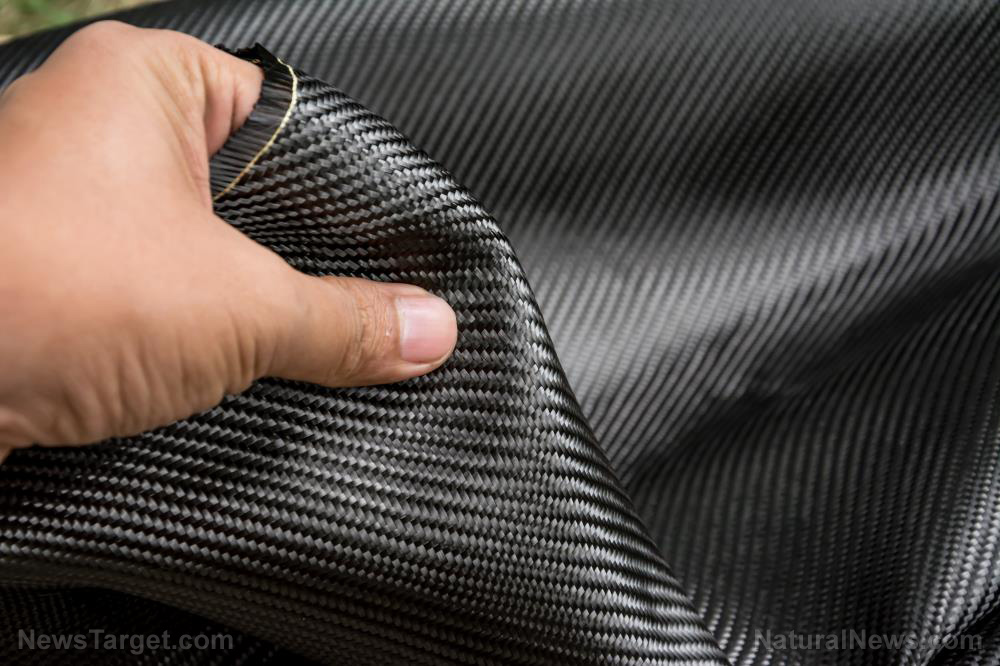A picture from the past: Vast clay landscapes suggest the presence of ancient lakes and streams on Mars
05/26/2020 / By Arsenio Toledo

NASA’s Curiosity rover on Mars has shared images of a crater on the Red Planet that was possibly filled with water a long time ago.
Curiosity has been on Mars since August 2012. It has traveled 13 miles, drilled 22 samples from the Martian surface and ascended 1,207 feet to a region that NASA scientists are calling a “clay-bearing unit.” This area is located on the side of a mountain, known as Mount Sharp, which resides within a crater known as the Gale Crater.
Billions of years ago, scientists believe there were water formations within this crater, such as lakes and streams. The presence of water significantly altered the sediment within the lake, leaving behind clay minerals. The Mars Reconnaissance Orbiter (MRO), a spacecraft that has been orbiting and studying Mars since 2006, detected the clay-bearing unit several years before the Curiosity rover was launched.
“This area is one of the reasons we came to Gale Crater,” said Kristen Bennett of the United States Geological Survey (USGS) and co-lead for Curiosity’s clay-bearing unit campaign.
“We’ve been studying orbiter images of this area for 10 years, and we’re finally able to take a look up close,” she added.
The rock samples that Curiosity drilled in this region of Mount Sharp have the highest amounts of clay minerals the rover has ever found during its mission in Mars.
Curiosity observed what the MRO couldn’t
Curiosity detected high amounts of clay in other parts of Mount Sharp, including other areas on Mount Sharp where MRO wasn’t able to spot the clay. This has made some scientists to ask why there’s a disconnect between the MRO’s observations and Curiosity’s findings. (Related: Over 3.5 billion years ago, an asteroid formed the Lomonosov crater on Mars: Experts say this could have caused a 1,000-foot-high tsunami on the Red Planet.)
NASA’s science team believes that one of the reasons why the MRO wasn’t able to detect the clay-rich areas Curiosity discovered is because the individual rocks are too small to see, even for the MRO’s cameras.
Upon entering this area of Mount Sharp, Curiosity first came across a place that the scientists described as “a parking lot full of pebbles.” Collectively, MRO might have observed these individual rocks as a single signal of clay that was scattered across the area, which may be able to explain why the satellite’s data is a bit obscured.
Another theory put forward by NASA scientists has to do with Martian dust. Dust settles more easily over flat rocks than it does over pebbles. The floating Martian dust may also be hiding the pebbles and obscuring what the MRO can see from its orbit.
More areas on Mount Sharp to be explored
Other parts of the Mount Sharp, known as “Teal Ridge” and “Strathdon,” have complex geological features. Strathdon is a rock with several layers of sediment that are arranged in a “brittle, wavy heap,” which makes it stand out from the thin and flat layers geologists usually associate with lake sediments. This suggests that this area of the mountain had a more dynamic environment, with both wind and flowing water possibly being responsible for shaping the rock into its current form.
“We’re seeing an evolution in the ancient lake environment recorded in these rocks,” said Valerie Fox, the other co-lead of Curiosity’s clay-bearing unit campaign.
“It wasn’t just a static lake. It’s helping us move from a simplistic view of Mars going from wet to dry. Instead of a linear process, the history of water was more complicated.”
Curiosity is continuing its exploration of Mount Sharp and the larger Gale Crater region. As it discovers more information, the scientific understanding behind the complex story of water on the mountain becomes ever clearer.
Sources include:
Tagged Under: cosmic, Curiosity Rover, future science, Mars, Mars exploration, Mars Reconnaissance Orbiter, mars rover, research, Space
RECENT NEWS & ARTICLES
COPYRIGHT © 2017 REAL SCIENCE NEWS



















